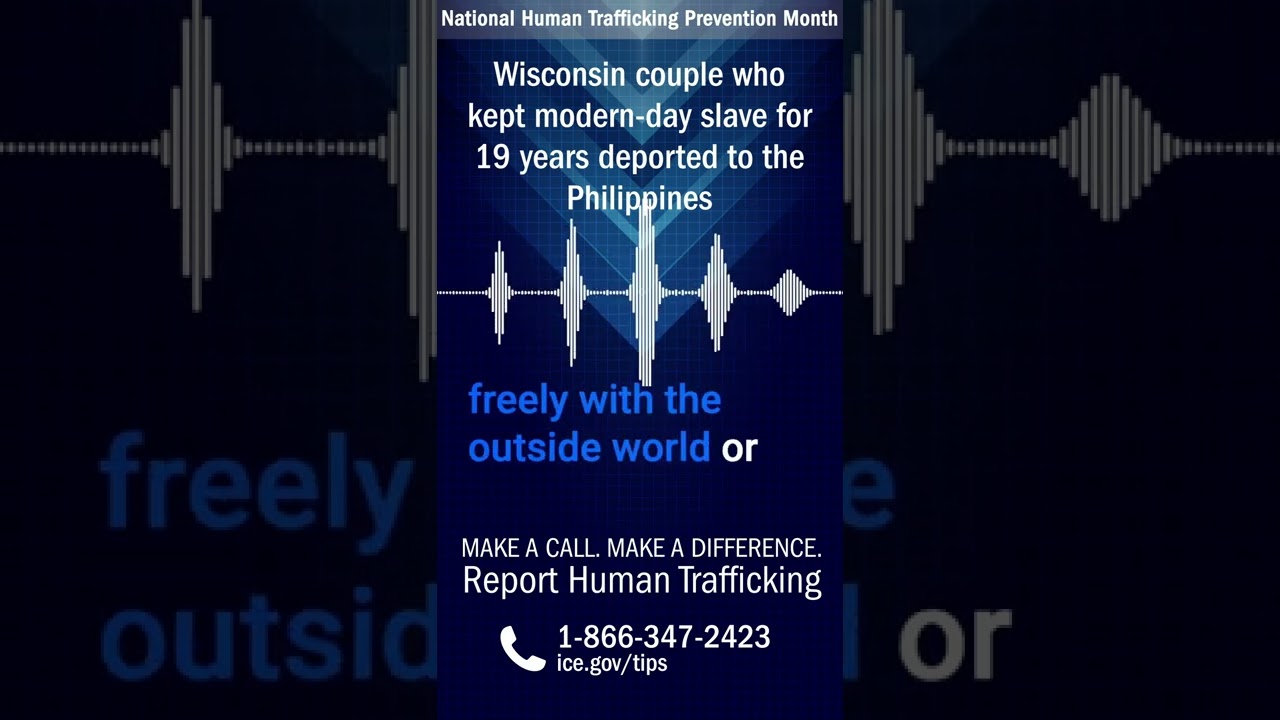
NGOCSTIP – Secret Operation Dismantled a Global Trafficking Web across three continents during the first week of June 2025. Known as Operation Global Chain, the synchronized law enforcement mission united nearly 15000 officers in 43 countries. The campaign lasted six days and targeted criminal trafficking rings responsible for forced labor, sexual exploitation, and child abuse. A total of 1194 potential victims were identified through coordinated intelligence sharing.
What made this initiative groundbreaking was the simultaneous deployment of forces in Europe, Latin America, and Asia without prior public notice. The secrecy allowed authorities to strike hard without tipping off targets. Coordinated from a command center in Warsaw, real-time surveillance and data exchange played a key role. This marked one of the largest efforts to date in confronting transnational trafficking networks. The operation demonstrated how collaboration and precise timing can yield sweeping results in rescuing victims and dismantling illicit structures that operate across borders.
The Secret Operation Dismantled a Global Trafficking Web by relying on an unprecedented level of cross-continental cooperation. INTERPOL, Europol, Frontex, and national enforcement units worked in tandem to identify and strike trafficking hot spots. Each agency provided not only personnel but critical technology that made data coordination seamless. Operations were managed centrally at Frontex headquarters in Warsaw, where information was updated in real time.
Countries such as Spain, Thailand, Brazil, and Romania led joint raids in high-risk zones. The operation showed that no single country could confront organized trafficking networks alone. Criminal enterprises exploited legal loopholes and crossed international borders to avoid detection. This time, authorities removed those barriers through synchronized planning and clearly shared objectives. Nations formed partnerships that moved beyond symbolism and into real operational force. Teams combined local intelligence with global oversight to block escape routes and catch offenders. Agencies built strong trust, and that cooperation fueled the success of the week-long mission.
“Read about: Invisible Victims: Florida’s Shocking Human Trafficking Numbers Revealed”
What truly captured global attention were the numbers revealed during the crackdown. In just six days, authorities arrested 158 suspects linked to high-level trafficking networks. These individuals played central roles in recruitment, transportation, and exploitation operations. Investigators also opened 182 new cases based on the evidence gathered during the raids. The identification of 1,194 potential victims exposed the vast scale of modern trafficking. Many victims faced forced begging or involvement in petty crimes. Others endured years within hidden sex industries. Authorities confirmed that many victims were minors, including children under 12 years old. The swift and targeted raids demonstrated how coordinated efforts could locate victims effectively. Governments around the world pledged to strengthen monitoring systems, increase survivor support, and keep applying pressure to dismantle criminal networks still active across borders.
Behind the statistics stood human stories that carried the emotional weight of the operation. Traffickers subjected many rescued individuals to extreme abuse and deep psychological trauma. Survivors from Southeast Asia and Eastern Europe shared how traffickers lured them across borders with false promises of employment. Instead of finding work, they entered lives that mirrored slavery. These stories reminded the world that trafficking is not only a crime of numbers but a direct attack on human dignity.
Some traffickers locked victims in buildings or forced them to commit theft. Others used threats against families to manipulate them into silence. Law enforcement teams approached victim responses with sensitivity and care. Medical teams and psychologists conducted evaluations right after the rescue. Local NGOs supported the recovery process and guided survivors through each step. The support network offered safe spaces, legal protection, and opportunities for survivors to rebuild their lives. Authorities regularly informed the public about the ongoing challenges of long-term rehabilitation. Each survivor showed not only deep suffering but also incredible strength and resilience against exploitation.
“Read more: Acquired Hearing Loss in Children: What Every Parent Should Know”
The success of Operation Global Chain did not mark an end but a call to persist. While the Secret Operation Dismantled a Global Trafficking Web effectively in June 2025, the networks behind such crimes are adaptive and relentless. Officials urged for sustained international funding and intelligence sharing. Traffickers often modify their methods, using digital platforms and cryptocurrencies to escape detection. To keep up, agencies must evolve too. Technology and legal frameworks will need upgrades. Laws protecting victims and prosecuting traffickers will be reviewed in multiple countries. The operation’s legacy will depend on how its findings influence future policy. From training officers to equipping border checkpoints with advanced tools, action must continue. Most importantly, cooperation across continents must remain active and strong. Leaders around the globe have echoed the same message: trafficking is a global crisis, and the only way to stop it is to stand together.